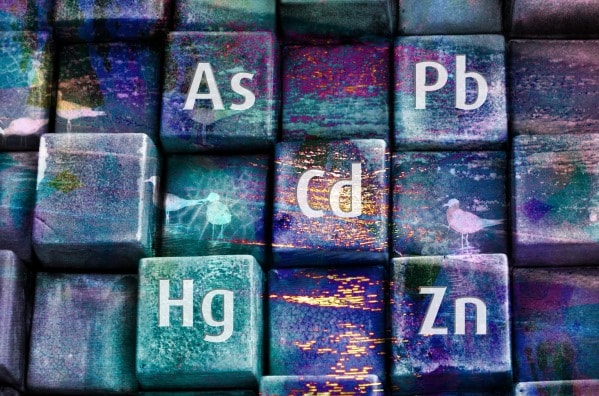ALS offers tailor-made screening analyses for client-specific needs, from a single element to packages of all elements included in ICH Q3D, USP <232>, or even up to 70 elements in a single certificate of analysis.
The ICH Q3D guideline presenting a policy for limiting metals in drug products and pharmaceutical ingredients has reached step 5 - the implementation stage. ICH Q3D applies to new finished drug products entering the market and new products containing existing drug products.

ICH Q3D has been adopted by CHMP and came into effect for new marketing authorization applications in June 2016. For existing medicinal products, the corresponding date is December 2017. USP has also aligned the effective date for their corresponding chapters, <232> and <233>, setting the date to 1 January 2018.
Therefore, plans for assessing risks and measuring metals in pharmaceutical products should be highly prioritized by the producers. There are numerous potential sources of elemental impurities in the manufacturing process of drug products. While the most significant risk comes from intentionally added metal catalysts, other sources such as manufacturing equipment, solvents, water and reagents should also be considered. Particularly challenging is assessing the potential contribution of elemental impurities from excipients.
In the risk assessment process, non-validated analytical methods may be used. The results can thereafter be used for deciding on which elements to test for on a regular basis using a validated method.
Thanks to modern instrumentation and vast experience with pharmaceutical matrices, ALS is able to routinely provide reliable specific method validations compliant with ICH Q2 (R1), USP <233> and Ph.Eur. 2.4.20.

